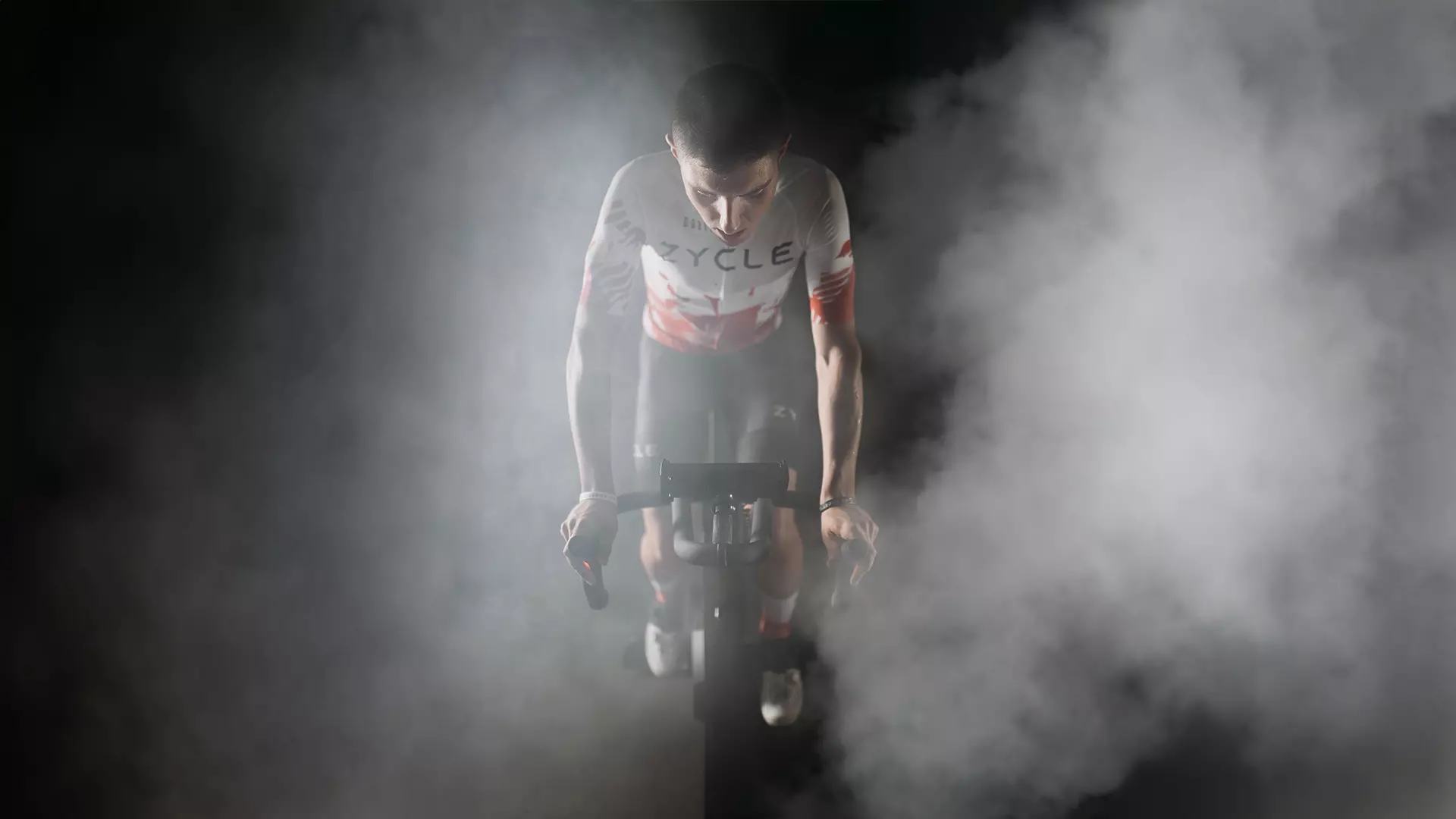You’ve probably heard that exercise is just as important as eating right when it comes to losing weight. In fact, according to some studies, diet accounts for 70-80% of weight loss results, while exercise accounts for 20-30%. Proper nutrition is crucial to achieving a calorie deficit. But what happens when you train while fasting? Is it effective or counterproductive? We explain everything you need to know about it.
Does training on an empty stomach help you lose weight?
Fasting training has become popular in recent years as a strategy to improve fat burning and promote weight loss. The scientific basis for this practice is simple: after several hours without eating, blood glucose levels and glycogen stores in the muscles are lower. In this context, the body tends to use fat as its main source of energy during exercise. Several studies have shown that training on an empty stomach can increase fat oxidation. However, this does not necessarily translate into faster or sustained weight loss, as the key will always be the total calorie balance. In other words, you can train on an empty stomach, but if you consume more calories than you expend throughout the day, there will be no real weight loss.
Another important aspect is individual adaptation. Some people feel light and energetic when training on an empty stomach, while others experience dizziness, lack of concentration, or reduced performance. Therefore, it is not a universal technique, but rather one more option within a training and nutrition strategy. It should be noted, therefore, that training on an empty stomach can help improve fat oxidation capacity, but it is not a magic formula for weight loss. It should be understood as a specific and well-planned resource within a healthy lifestyle and a balanced diet.
Is it advisable to cycle on an empty stomach?
When it comes to cycling on an empty stomach, the answer is not as simple as “yes” or “no.” It all depends on the cyclist’s level, the intensity of the training, and the goals set.
The advantages of training on an empty stomach when cycling
When we talk about the main advantages of cycling on an empty stomach, we find the following:
- Greater fat oxidation capacity, which helps improve metabolic efficiency.
- A feeling of lightness as digestion is not taking place, which can benefit low to medium intensity training sessions.
- Stimulation of physiological adaptations related to endurance, such as better use of energy stores.
The disadvantages and risks of training on an empty stomach in cycling
However, training on an empty stomach in cycling also has drawbacks and potential risks, and it is very important to pay attention to them:
- Reduced performance in intense sessions, as the lack of glycogen limits the ability to maintain high-demand efforts.
- Increased risk of hypoglycemia, which can cause dizziness, premature fatigue, or even fainting.
- Difficulty recovering if post-workout nutrition is not properly planned.
Training on an empty stomach in cycling: Yes or no?
Based on all of the above, we can say that cycling on an empty stomach may be suitable for light, short-duration workouts focused on aerobic training. However, it is not recommended for long sessions, high-intensity intervals, or competitions. In these cases, the lack of available energy can be counterproductive and affect both performance and safety. A personalized strategy is required that takes into account both the training load and the nutritional needs of the athlete. The key is to listen to your body and not force situations that could compromise your health or performance.
How to train while fasting in cycling

For those who want to try cycling on an empty stomach, it is essential to do so in a gradual and planned manner. It is best to start with low-intensity sessions lasting no more than 45-60 minutes. In all cases, the goal should be for the body to learn to use fat more efficiently as fuel without reaching a state of extreme exhaustion. Some practical tips for training on an empty stomach in cycling are:
- Hydrate well before going out or starting your indoor cycling session with a RooDol By ZYCLE or ZPro roller, as your body can become dehydrated.
- Start with short routes on a roller or on the road at moderate intensity.
- Always carry an energy bar or gel in case you feel tired or dizzy.
- Do not do this type of training more than two or three times a week.
- Plan a good breakfast or meal afterwards, combining quality carbohydrates and proteins to aid recovery.
Of course, this type of training is safer if done under the supervision of a physical trainer, as endurance—as mentioned above—can vary considerably from one cyclist to another. In addition, you can choose to practice indoor cycling with ZYCLE sports equipment, as our rollers allow you to precisely control the intensity of the effort and avoid unnecessary overload in a context of lower energy availability.
Intermittent fasting and cycling: Are they compatible?
Intermittent fasting has become popular as a nutritional strategy that alternates periods of eating with periods of fasting, with the most common protocols being 16/8 or 12/12. That is why many cyclists wonder how this practice relates to their athletic performance. Intermittent fasting in cycling can be compatible if planned properly. This means that during fasting hours, it is possible to do light cycling workouts, as long as the duration and intensity are controlled. However, more demanding sessions or competitions should be scheduled within the eating window, when the body has enough energy to sustain the effort.


 Cart is empty
Cart is empty 


